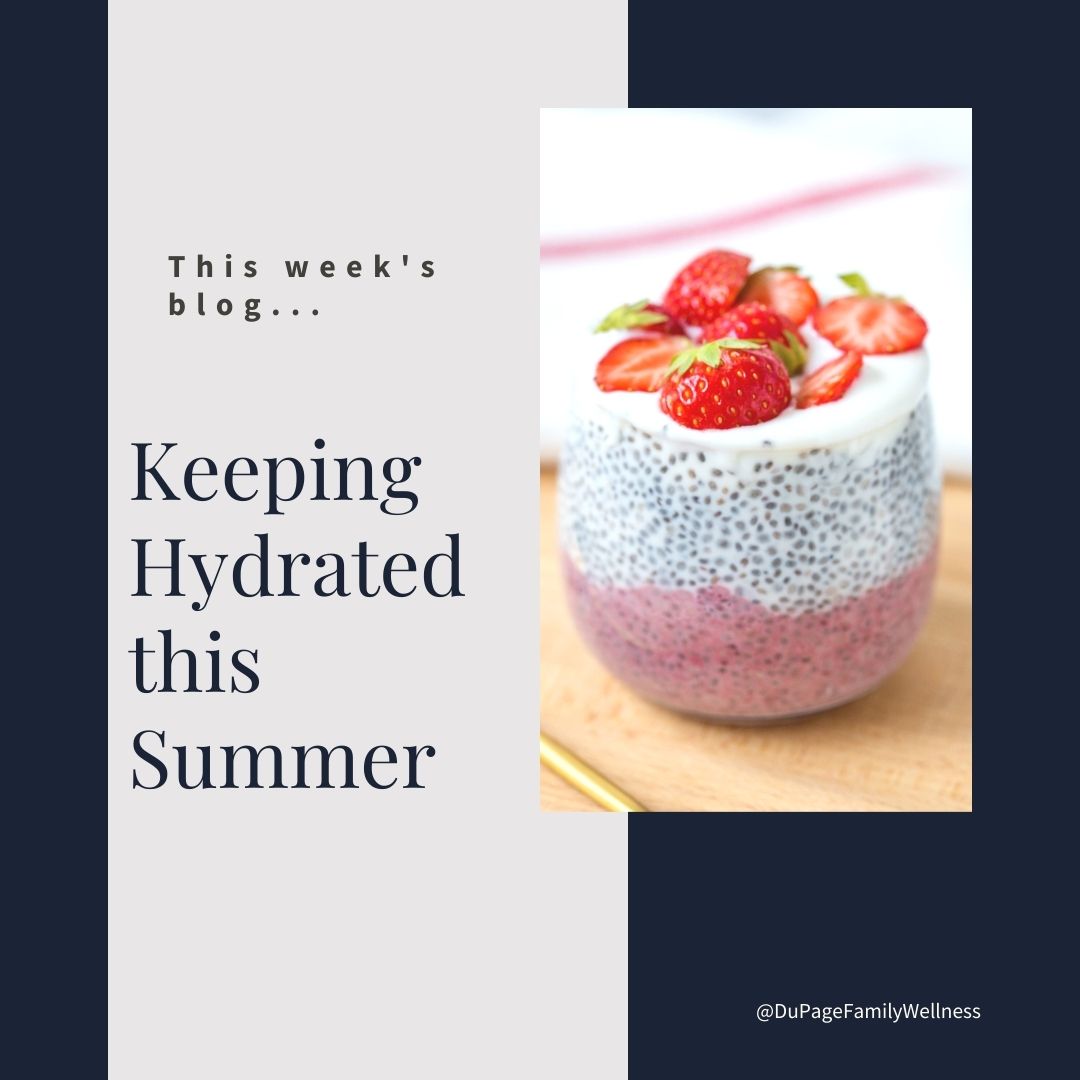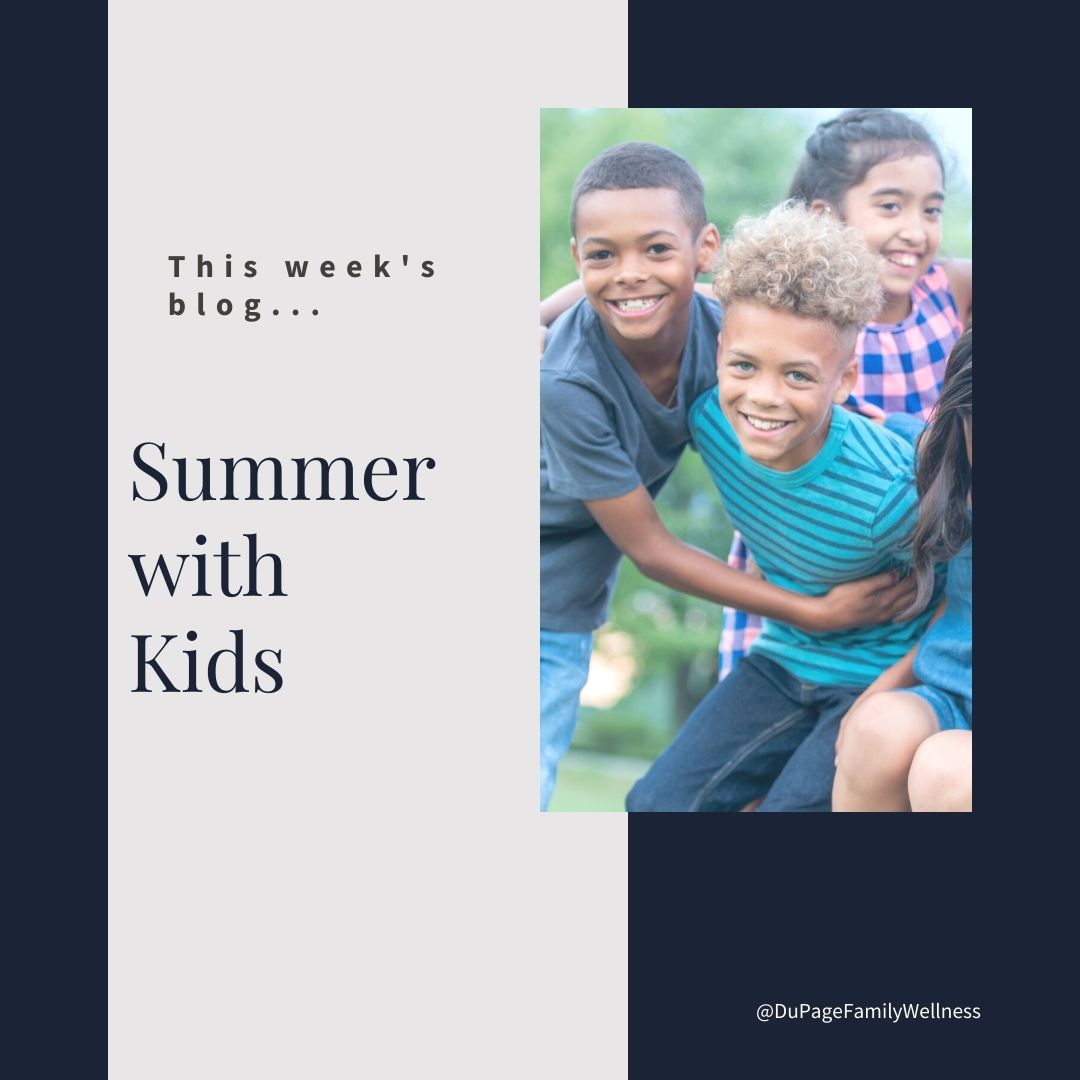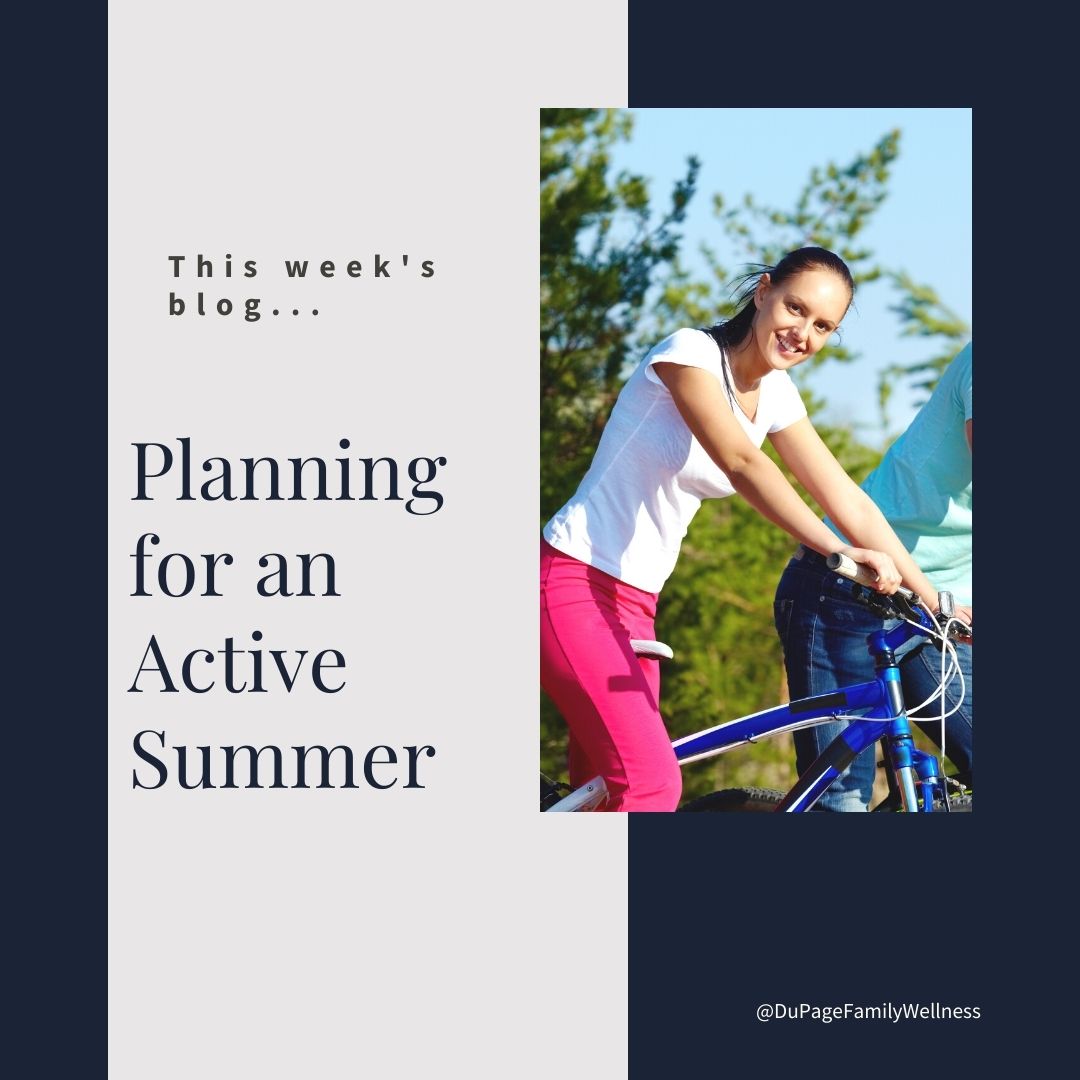 Let me introduce you to A Dirty Hoe, one of my favorite places to get toxin-free products locally!
Let me introduce you to A Dirty Hoe, one of my favorite places to get toxin-free products locally!
Denise and Sandy from A Dirty Hoe consider themselves mediocre homesteaders. They have chickens, bees, a butterfly garden, fruit trees, vegetables, and maple trees to tap for syrup! They make their own kombucha and yogurt, but what I love the most are their many products for the body and home.
It is hard to find products that are natural and work well, let alone ones that are local. So, I was thrilled to experience the quality of these products. In fact, I liked them so much that we decided to carry them at the office.
Let me tell you some more about them and share some of my favorite products!
Why Natural Products?
A Dirty Hoe recognizes that your skin absorbs everything you put on it. Just reading a lotion bottle or researching what is in your laundry detergent can be shocking. Knowing exactly what you put on your skin and recognizing all the ingredients is really important.
Keeping their ingredients clean is a commitment they have made. Their botanicals are all raised in their yard which are not sprayed with any pesticides or herbicides.
Some ingredients, such as Shea or cocoa butter and essential oils are not certified organic. But this decision was made consciously, recognizing it’s not worth charging more when even organic ingredients are allowed to have chemicals in them. Instead they focus on avoiding preservatives, dyes, phthalates, and other endocrine disruptors.
My Favorite Products
- Laundry Detergent - Your skin is your largest organ and even absorbs the chemicals left on your clothes. A Dirty Hoe makes an all-natural, non-toxic laundry detergent to help keep your body chemical free! This gentle effective detergent uses essential oils for an all-natural scent.
Read more ...
 With summer in full swing, it’s important to think about hydration. Getting eight glasses of water a day is the conventional advice, but is it really that simple? Is there another way to look at it?
With summer in full swing, it’s important to think about hydration. Getting eight glasses of water a day is the conventional advice, but is it really that simple? Is there another way to look at it?
In their book Quench, authors Cohen and Bria explain that “for many years, we’ve operated with the assumption that the path to hydration was drinking eight glasses of water daily—the picture is actually much more complex.”
Let’s explore what they have to say and see if there is a way to work smarter rather than harder when working on our hydration.
Background
Gina Bria, an anthropologist that studied desert cultures which survived with very little water, got a call from her mother’s care facility. They told her that her mother was suffering from chronic dehydration.
Concerned, Bria decided to delve into her research to see if there was anything that she could learn from the desert cultures to help her mom.
Bria knew that the Tarahumara people of Mexico used chia seeds to aid in hydration. So, she used her coffee grinder to turn some chia seeds into powder, instructing her mother’s caregiver to add it to her mom’s orange juice each morning.
That did the trick, and her mom did not have any more issues with chronic dehydration. After this experience Bria decided to research a form of hydration known as “gel water.”
What Is Gel Water?
In Quench, Cohen and Bria describe gel water, or living water, as a “newly identified phase of water that’s not quite liquid, vapor, or ice. (It is) identified by an extra hydrogen and oxygen atom, so the molecular structure is H3O2.” Gel water exists in plants and can be found in fruits, vegetables, and seeds.
Chia and cacti are full of gel water. In fact, the Aztecs and Incas are thought to have often subsisted on only chia and cacti, actually going weeks without water. This shows how hydrating gel water can actually be.
Read more ...

I’m a published author! That’s right. Last year I was invited to write a chapter in a book called Overcoming Mediocrity. It’s a book filled with stories of incredible women. I am honored to be a part of this publication and excited to share it with you.
Overcoming Mediocrity is a unique collection of stories from influential women who have overcome great odds to create their own lives of significance. These stories are aimed to inspire and encourage women to realize their true potential.
I share the story of my family’s struggle with insulin issues and how it surprisingly led me to find my passion in life. Here is a little excerpt from my story…
“Growing up my grandpa was one of my favorite people. He was quite the jokester and was always trying to pull a fast one on me. My family went to his house on weekends, and he always made me feel like the most special girl in the world (other than my sister who I’d like to think was a close second).
One evening, as we were preparing dinner my grandfather started acting funny. He was pale and seemed shaky. His words were slurred and didn’t seem to make sense. I didn’t know why my grandpa, who was always so strong, was acting so strange. It was scary!
My grandma ran over to the refrigerator, grabbed the orange juice, and poured him a cup. A few minutes later, grandpa was back to his normal self. “What happened?” I asked. I knew my grandpa was a type one diabetic, but I had never known what that meant.”
This experience started a chain of experiences through which the universe led me to discover my passion.
We all want to live a fulfilling life, and the first step is finding out what drives you. Once you know what makes you come alive, you can truly start pursuing your dreams. Let our stories inspire you to find your passion and live your best life!
Dr. Jamie
P.S. Keep an eye out for an email you will be getting this Friday. For a limited time, you will have the opportunity to get a copy of the book FREE!
 Summer’s here and the kids are out of school - think parks, picnics, and the pool. But is it all sunshine?
Summer’s here and the kids are out of school - think parks, picnics, and the pool. But is it all sunshine?
While summer can be the highlight of a kid's year, for parents it can have its challenges. As summer wears on we begin to hear, “I’m bored.” We may even start to countdown the days until school begins again.
But there are some things we can do as parents to set our kids up for a great, creative, and active summer.
Part of the magic of summer happens when we let the kids play without a plan or direction from adults. There is so much to learn while playing uninterrupted. And remember, being bored isn’t necessarily a bad thing.
Include Time for Unstructured Play
Let the kids have plenty of free and unstructured play! Many of us spent nearly our entire summer outside playing with friends in the neighborhood. We were responsible for our own fun, and we learned so much through it!
Unstructured play gives children the opportunity to explore their own interests, while developing creativity, and independence. When playing with friends outside, they learn to negotiate and cooperate with others, while often being quite active.
According to Angela Hanscom, author of Balanced and Barefoot, “It is during free play, where children move and challenge their bodies in new ways, constantly testing their limits and getting to the next developmental level. When we take away their time for free play and replace this time with adult-directed exercise, it limits the type of movement experiences these children receive”.
On their own, children are required to develop skills such as compromise, communication, and conflict resolution. Without adults solving their problems, children are forced to work things out on their own. Sure there will be days that someone quits a game and goes home upset, but over time left on their own kids can develop the skills to handle these situations.
This is not to say that adults should never get involved. Obviously little children need to be supervised, but the adults can step back and give them a little room rather than being involved every moment of the time. Some children struggle with social skills and might need a little more direction; this can be true with some older children. And it goes without saying that interference is necessary if there is a true danger to someone's physical or emotional safety.
Read more ...
 With the beautiful days of spring and summer ahead of us it’s time to get outside!
With the beautiful days of spring and summer ahead of us it’s time to get outside!
Enjoying the weather can naturally lead us to be more physically active, which is good for both our minds and our bodies. Let’s intentionally embrace these opportunities and find pleasure in our movement.
There are ways to incorporate physical activity into your daily life to make it fun, so that it doesn’t feel like work. With so many amazing places to explore, physical activity doesn’t need to be repetitive, boring, or expensive.
Let’s look at some ways to make this a great, active summer!
Incorporate Physical Activity into Your Everyday Life
If you live a busy life and struggle to find time to be active, try to incorporate it into your daily life. You don’t need to set time aside for a long workout when you move throughout the day. Try a few of the following examples this week.
- Choose a parking spot far away from the building when out and about.
- Walk or bike places if possible when running errands, getting together with friends, etc.
- Carry your child or give them a piggy back ride to the car, the lunch table, or bedtime.
- Race up and down the stairs in between other less active pursuits.
- Take the stairs, rather than the elevator.
- Chop your vegetables, instead of using a food processor.
- Talk and walk when getting together with a friend, having a meeting with a coworker, or when taking phone calls.
- Establish the habit of taking an after dinner walk.
Make It Fun
Movement doesn’t have to be hard. Ideally, you should feel energized after physical activity. While you may be a little sore or tired, it should not be something that completely wipes you out or causes you true pain.
Finding movement that you really enjoy will help you to move more consistently. If you find something that is fun you will do it more often. Movement should never turn into something you dread!
First, think about your personality and current needs.
- Do you need some time alone?
- Would you prefer some company?
- Do you need to start small?
- Are you ready for something more intense?
Read more ...
 Let me introduce you to A Dirty Hoe, one of my favorite places to get toxin-free products locally!
Let me introduce you to A Dirty Hoe, one of my favorite places to get toxin-free products locally!

 With summer in full swing, it’s important to think about hydration. Getting eight glasses of water a day is the conventional advice, but is it really that simple? Is there another way to look at it?
With summer in full swing, it’s important to think about hydration. Getting eight glasses of water a day is the conventional advice, but is it really that simple? Is there another way to look at it?
 Summer’s here and the kids are out of school - think parks, picnics, and the pool. But is it all sunshine?
Summer’s here and the kids are out of school - think parks, picnics, and the pool. But is it all sunshine? With the beautiful days of spring and summer ahead of us it’s time to get outside!
With the beautiful days of spring and summer ahead of us it’s time to get outside! 